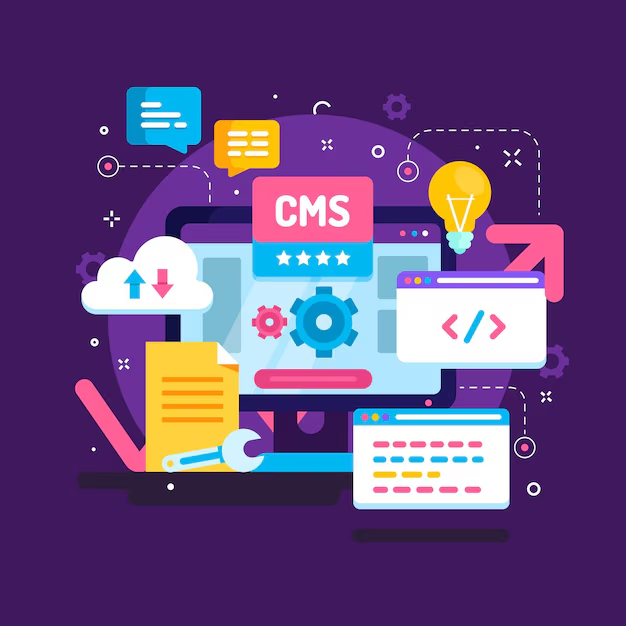
In today’s digital landscape, Content Management Systems (CMS) are essential for businesses and developers aiming to streamline content creation and management. PHP, being one of the most popular server-side scripting languages, powers numerous CMS platforms due to its flexibility and robustness. This guide delves into the fundamentals of PHP CMS development, offering a comprehensive step-by-step approach.
Understanding PHP CMS Development
PHP CMS Development Services cater to businesses seeking scalable, customizable, and user-friendly content management solutions. Whether you’re building a blog, an e-commerce site, or a corporate portal, PHP CMS platforms provide the framework to manage content efficiently.
Step 1: Planning Your CMS
Before diving into development, outline your CMS requirements. Identify key features such as user roles, content types (articles, media files), SEO capabilities, and integration needs (e.g., with e-commerce platforms or third-party services).
Step 2: Choosing the Right PHP Framework
Select a PHP framework that aligns with your project goals. Popular choices include Laravel, Symfony, and CodeIgniter, each offering unique advantages in terms of performance, scalability, and community support.
Step 3: Setting Up the Development Environment
Ensure your development environment is equipped with PHP, a web server (like Apache or Nginx), and a database system (such as MySQL or PostgreSQL). Utilize tools like Composer for dependency management and Git for version control.
Step 4: Designing the Database Schema
Design a database schema that supports your content structure. Define tables for users, content categories, pages, and any additional entities required by your CMS. Normalize the database to minimize redundancy and ensure efficient data retrieval.
Step 5: Implementing User Authentication and Authorization
Integrate robust user authentication and authorization mechanisms to secure the CMS. Implement role-based access control (RBAC) to restrict user permissions based on roles (admin, editor, contributor) and ensure data security.
Step 6: Developing Content Management Features
Build CRUD (Create, Read, Update, Delete) operations for managing content. Develop user-friendly interfaces for creating and editing articles, uploading media, managing categories, and scheduling content publication.
Step 7: Implementing SEO and Performance Optimization
Enhance your CMS with SEO-friendly features such as meta tags, custom URLs, and XML sitemaps. Optimize performance by caching frequently accessed content, minimizing database queries, and leveraging asynchronous loading techniques.
Step 8: Integrating Third-Party Services
Integrate third-party services like payment gateways, social media APIs, and analytics tools to extend the functionality of your PHP CMS. Utilize APIs and SDKs provided by service providers to streamline integration.
Step 9: Testing and Quality Assurance
Conduct rigorous testing to ensure functionality across different browsers and devices. Perform unit testing, integration testing, and user acceptance testing (UAT) to identify and fix bugs, ensuring a smooth user experience.
Step 10: Deploying and Maintaining Your PHP CMS
Deploy your PHP CMS to a production environment using best practices for security and performance. Implement monitoring tools to track uptime, performance metrics, and user interactions. Continuously update and maintain your CMS to address security vulnerabilities and add new features based on user feedback.
Conclusion
PHP Development Service empower businesses to create dynamic, scalable, and user-centric websites and applications. By following this step-by-step guide, developers can build robust PHP CMS solutions tailored to meet diverse business needs, fostering growth and innovation in the digital ecosystem. Whether you’re a startup or an enterprise, mastering PHP CMS development enables you to harness the power of content management effectively.

